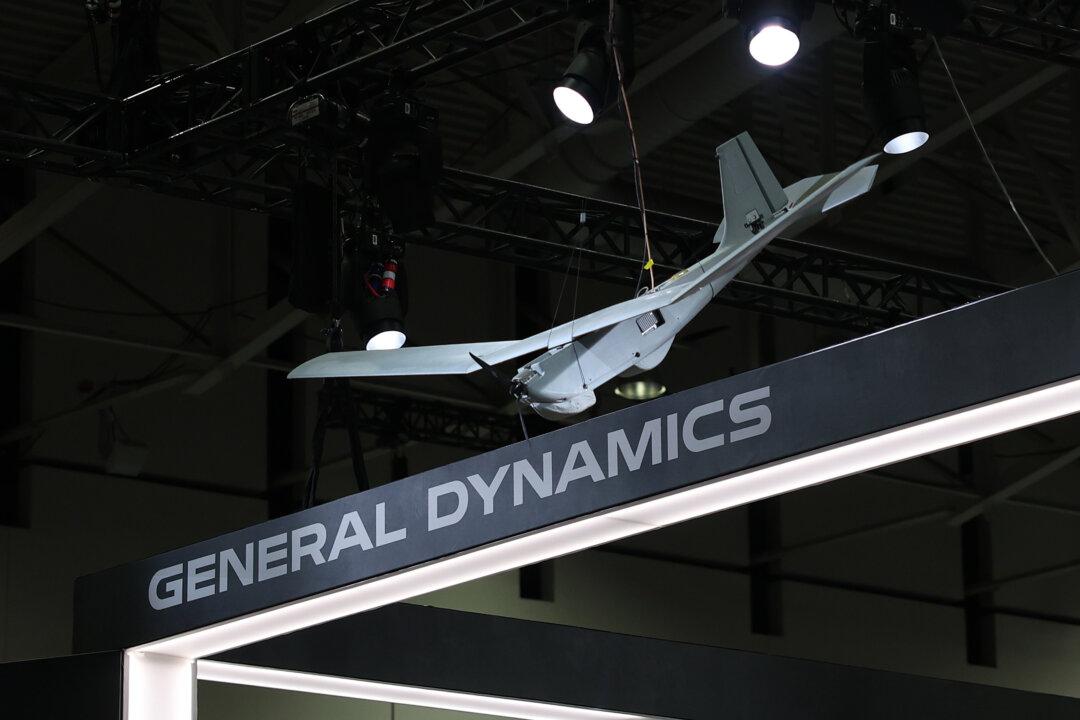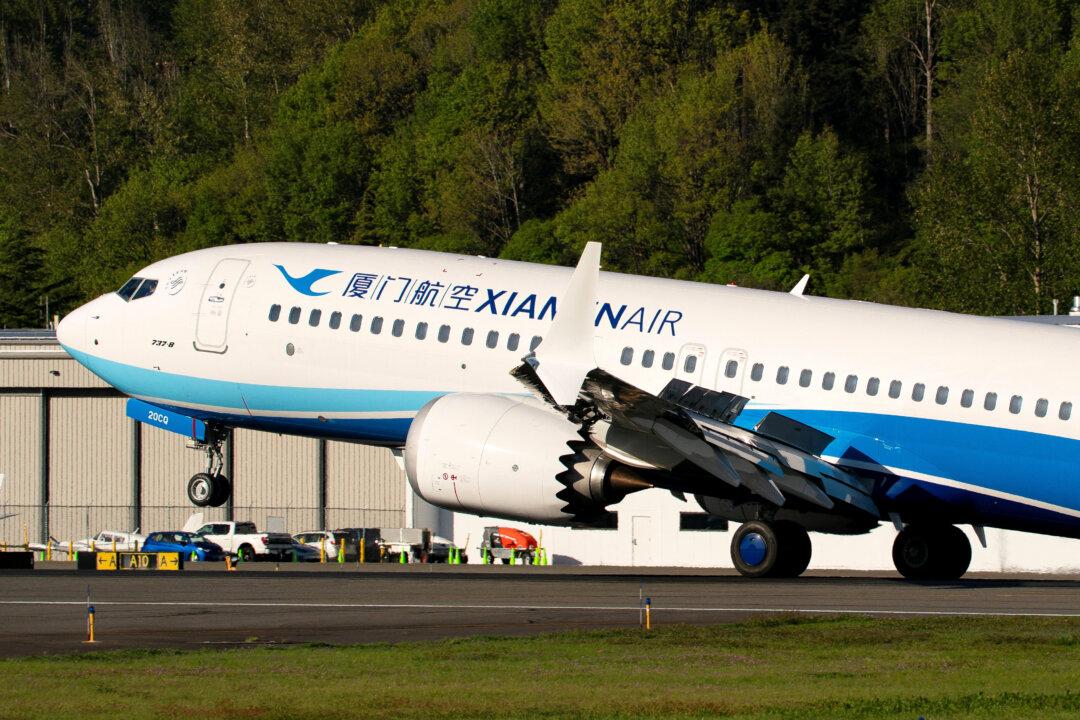American Airlines Group had a bumpy ride in the first quarter as losses continued to pile up for the nation’s largest airline due to myriad issues that have hammered the company’s stock and diminished the carrier’s global operations.
Although the Texas carrier had gained positive momentum over the past few years in upgrading its aging fleet, managing and cutting costs, and strengthening its balance sheet, Isom said the company hit strong headwinds in early 2025 as customer demand declined significantly. At the same time, a midair collision over the Potomac River alongside Washington, D.C., cut profits and led to a federal investigation and safety concerns about the company’s fleet operations.
Further, Isom expressed concerns about the U.S. government’s tariff and visa policy, while other economic uncertainties on the runway ahead have grounded the airline’s earnings in the first three months of the year.
“It goes without saying that we’re in a challenging economic environment, which has had a significant impact on the industry,” Isom said. “The economic uncertainty in the market has put pressure on demand and impacted American’s first quarter results and second quarter outlook.”
Wall Street had forecasted the carrier to report a loss of $0.50 per share and revenue of $12.71 billion for the quarter, according to FactSet.
In providing more color about the company’s difficult quarter, Isom said the impact of the collision between American Flight 5432 and a U.S. Army helicopter on Jan. 29 reduced company revenue by $200 million. That fatal crash near Washington, D.C.’s Ronald Reagan Airport nearly three months ago killed all 67 people aboard.
Isom also said the company’s revenue per available seat mile (RASM), a key industry metric that highlights how much income an airline generates per seat, fell 0.7 percent year over year as consumer spending on domestic travel decelerated in the first quarter.
On a positive note, the American chief executive said the Texas carrier has completed its aircraft fleet upgrade, cut management costs across the company, and will exit 2025 with $750 million in cost savings. Still, Isom said, American Airlines’ plan to return the company to profitability and add seat capacity will likely depend on a reversal of slumping consumer demand and improving economic conditions.
“We remain nimble and take action as conditions warrant,” Isom said, adding that the airline may need to adjust off-flying hours, retire older aircraft, and defer delivery of new ones to cut costs and remain profitable.
In response to industry analysts’ questions about the challenges ahead for American and the airline industry, including the current tariffs and trade policy, Isom noted that the travel industry generates $1.3 trillion in direct spending in the United States and supports one out of every 11 jobs.
He said America is committed to working with the federal government to make the United States a welcome destination for international travelers, especially with the FIFA World Cup in 2026, the 2028 Los Angeles Olympics, and other major global events ahead.
“That means expanding visa-free travel, lowering visa processing times, and expediting the deployment of new technologies to make travel more seamless and secure,” said Isom.
He also stated that upgrading critical infrastructure is another important issue facing the airline industry, with the most pressing being the nation’s air traffic control system.
Looking ahead, American said it expects its second-quarter 2025 earnings to be between $0.50 and $1.00 per share. As noted, America is also withdrawing its full-year guidance and plans to provide an update as the economic outlook becomes clearer.
As of 3 p.m. EST on April 24, American shares were up 3.38 percent at $9.64 on the Nasdaq. However, the Texas carrier’s stock has traded down nearly 32 percent over the past 12 months.







